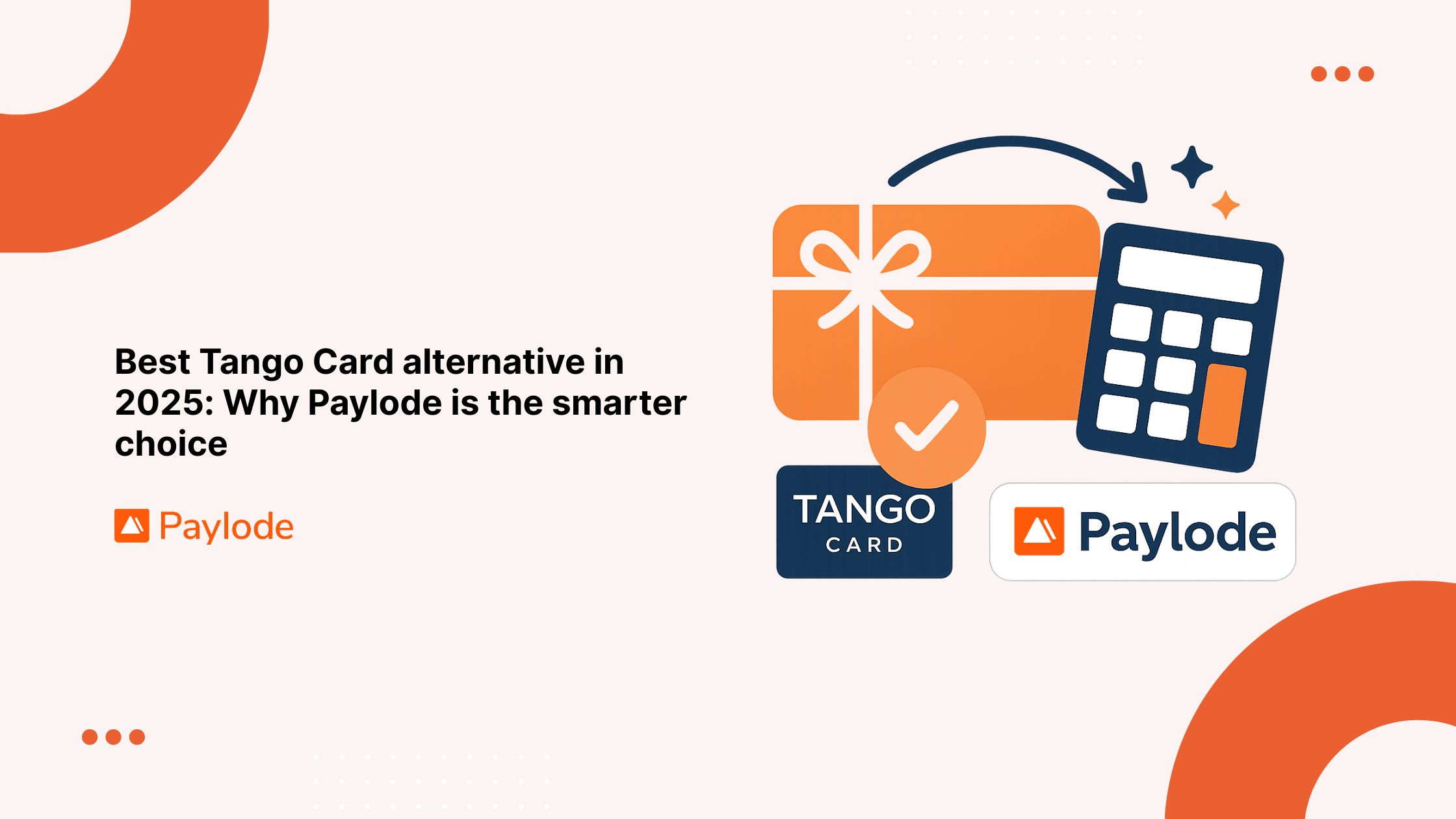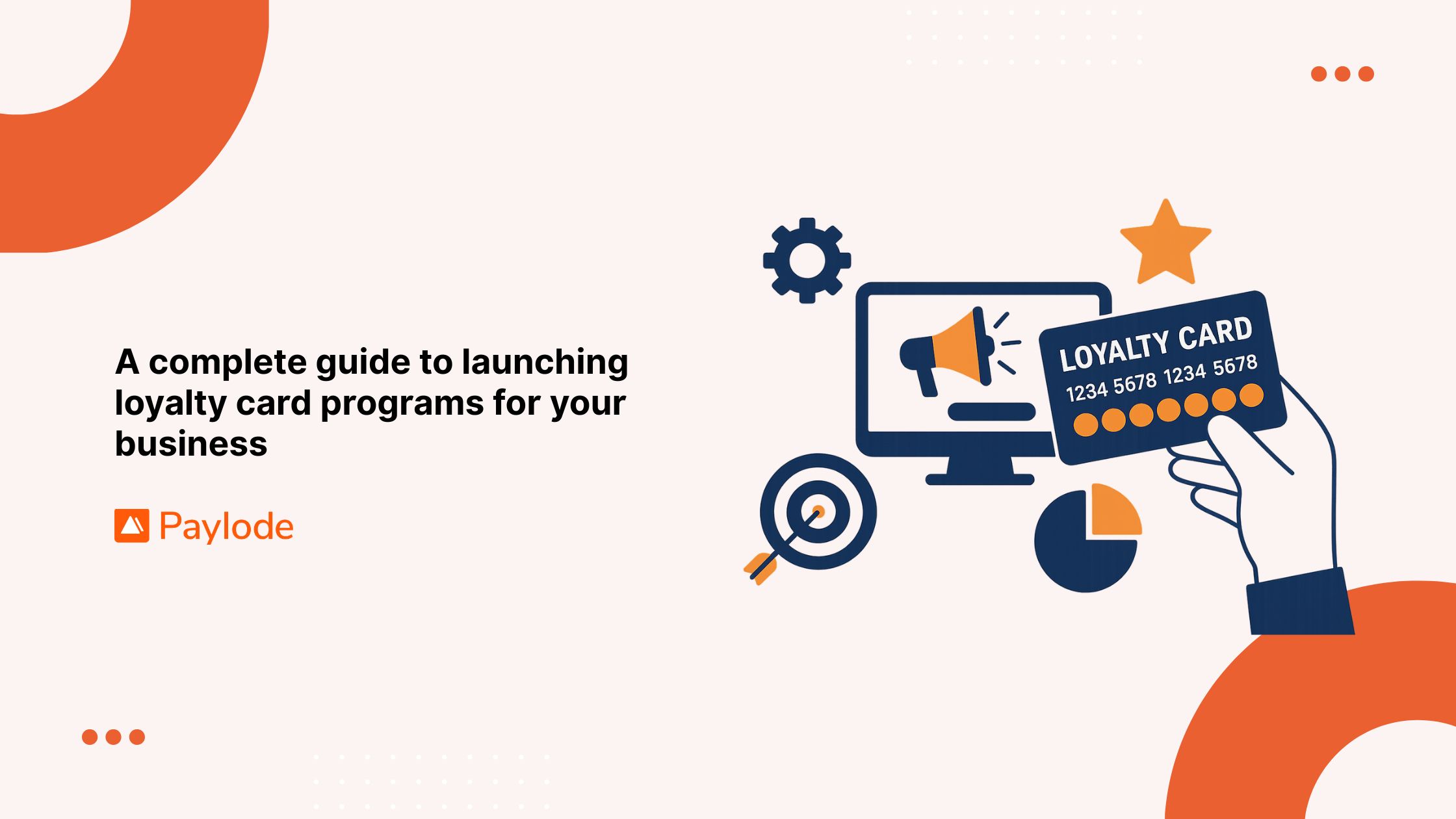There are so many types of loyalty programs, you'll want to choose carefully how your program is designed. Points or discounts? Memberships or credit cards? There's 101 ways to reward your customers for their loyalty, and you don't need to use all of them.
Launching a new loyalty program? Start small and test the waters first. You can always expand it later, but remember the goal is simply to reward customers for their repeated business. There's no loyalty program that can overcome a poor product.
Major newspapers are adding perks
This major newspaper decided to set up a perks program for their subscribers. As a thank-you for a paid subscription, readers get access to a huge perk center with thousands of dollars worth of savings, free trials, local deals, entertainment, and more.
Cleverly, they added their own features and products into a perk group, so there's a cohesive, branded look promoting their news site alongside perks:
.png)
Starbucks is now points only
Unlike Sephora, Starbies didn't see the value in fueling credit card sales (because who.. in this, the year of the dragon, 2024, feels the need to get a credit card that reflects their coffee habit?) and made a probably very valuable deal with Chase to turn them all into Freedom Unlimited cards in July of 2023. This is their second breakup, apparently. Without the shackles of their own card they've even made a deal with Delta to provide miles and coffee points for each others' systems. Do you, Starbucks.
Instead of cards, they're going back to a points-based system entirely. No tiers based on cash spend like Sephora, just points to earn and redeem through membership in the rewards program. Except they call them Stars, because it's a play on the name (get it??) but really all I can think of is earning a gold star for drinking a coffee and I don't know if that's the kind of incentivization I need this year.

Sephora's Beauty Insider program uses a blend of points and purchase value
Tiers are simple: the more you spend, the higher your Beauty Insider tier. All tiers come with the ability to earn and redeem points as well. Could this be confusing? Perhaps, but it's financially tied to the credit card sales, which advertises 2x points per $1 spent on Sephora purchases with the card. This feedback loops fuels each other, using points as the leverage fulcrum to generate more sales of products with the credit card.

Value based programs are harder to execute than you think
TOMS did not pioneer the Buy One, Give One, model when it launched TOMS shoes in 2016, but it certainly perfected extracting all digital marketing reach around it. It did not take long for the Founder Blake Mycoskie to concede that giving on a mass scale is hard. TOMS endured their share of criticism over the years which they responded to by becoming even more transparent and even more committed to the mission. So committed, they nearly went brankrupt in 2019 and its debtors took over the company and completely restructured their impact program to decouple the shoe sales from giving. It now touts a much more general purpose giving statement that 1/3 of profits will go to support mental health initiatives.
For-purpose loyalty programs is the tangible way we vote with our dollar. By making a simple choice, consumers can feel as satisfied as if they did that good deed themselves. If your brand's mission is so engrained in your brand's personality that a giving program makes sense, make sure you understand how to make and quantify your impact without bringing your brand down.

There's more options than points to generate loyalty
Do all loyalty programs need to have a points aspect or require membership? Not necessarily. Sephora's program automatically grants you the rewards tiers when you spend that amount of money, no signup required unless you want the free tier first. Even without the points accumulation, the benefits are enough (free shipping, birthday gift valued at $25, and seasonal savings) on their own to justify joining.
What does this tell us? You can reward your customers any time for any reason. You don't necessarily need them to opt in to a program to be able to segment them and send them a gift based on past spend. The benefit to sending customer perks on a regular basis is that you are constantly giving the customer a gift that they can turn around and spend right away. It no longer an annoying sales email, it's a loyalty gift with a perk inside.
Points also take work. A (very old) 2011 COLLOQUY Loyalty Census study found that when quantified, Americans earn roughly $48 billion in rewards "value" annually, but 1/3 of these points are never redeemed because of hurdles that are (sometimes intentionally, sometimes not) in place.
Need help designing a loyalty program that rewards your top customers without requiring a lot of work from them? Let's talk.



